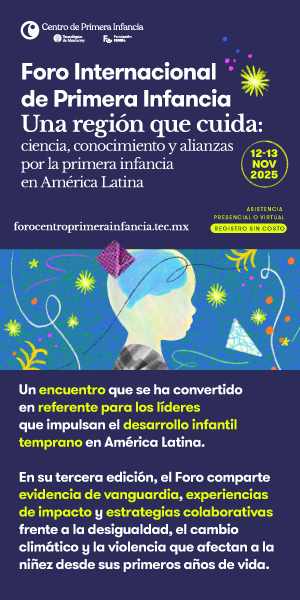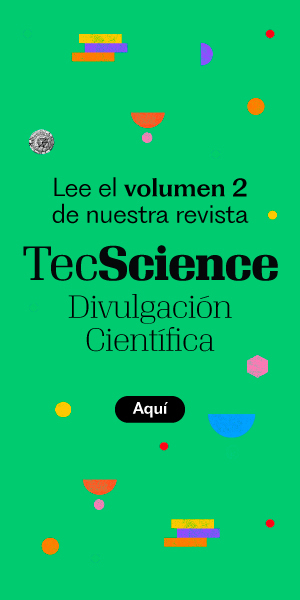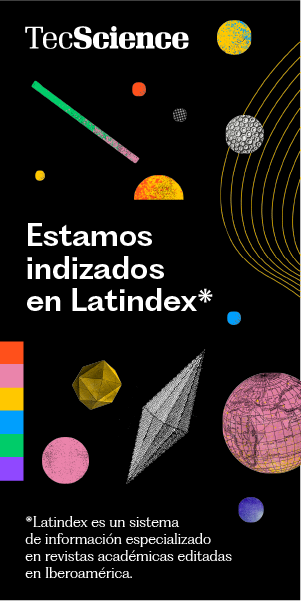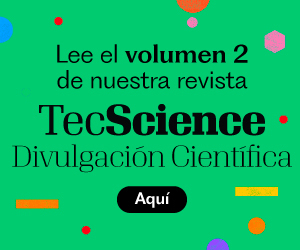Advanced therapy medicinal products represent a new generation of treatments that go beyond traditional treatments. These medical products are based on the use of genes, cells, and tissues to prevent or treat rare or “orphan” illnesses and conditions.
Currently, advanced therapies include four categories: gene therapies that modify or replace defective genes, cellular treatment that use live cells, tissue-engineered products that regenerate or repair damaged tissue, and combined therapies that combine various methods.
Applications of Advanced Therapies
The applications of these treatments are diverse. For example, there are several research lines in ophthalmology that seek to use corneal stem cells to restore vision. At Tecnológico de Monterrey, the Institute for Obesity Research (IOR) has a unit focused on experimental medicine and advanced therapies for patients with metabolic diseases. Additionally, distinguished Tec professor Alejandro Madrigal works on his CAR-T cell project.
In fact, CAR-T cells are one of the most promising advances for cancer treatment. These treatments are based on the extraction and genetic modification of the patient’s own cells that can then attack cancer when reincorporated into the system. These are therapies that can be personalized to the patient’s specific diseases and conditions, addressing fundamental causes at the cellular level.
The symposium “Advanced Therapies: Innovation for Major Health Challenges,” organized by the School of Medicine and Health Sciences of Tec de Monterrey, in collaboration with the National Institute of Medical Sciences and Nutrition Salvador Zubirán (INCMNSZ) and the National Academy of Medicine, brought together international experts from Mexico, Spain, and the United States at Tec de Monterrey’s Mexico City Campus. The symposium served as a platform to discuss the critical regulatory aspects of these revolutionary therapies.
The European Landscape as a Model for Mexico
During the event, Rafael Hernandez, commissioner of health authorization at COFEPRIS, explained how Europe’s regulatory framework is his main point of reference.
In 2009, the first cellular therapy medication was authorized in the European Union. Currently, the European Medicines Agency (EMA) has authorized 28 advanced therapy medications. Still, only 19 are commercially available, highlighting the challenges these treatments face in reaching patients.
The authorization of these therapies in Europe is carried out through the Committee for Medicinal Products for Human Use (CHMP) of the EMA. This committee includes one representative from each EU state and five experts in areas such as statistics, clinical trials, epidemiology, and advanced therapies. They also take into account opinions from the Committee for Advanced Therapies and the Pharmacovigilance Committee.
“We have conducted an extensive comparison exercise for almost two years,” explained the COFEPRIS commissioner. Spain’s regulatory framework has been particularly influential in shaping the rules proposed by Mexico.
The Spanish Agency for Medicines and Health Products has a support office for academic groups seeking to optimize clinical development. They have also implemented an accelerated evaluation of clinical trials for debilitating diseases that reduces the time from 210 days to 26.
Hernandez emphasized that, although Europe serves as the main model, Mexico’s geographical proximity requires close coordination with FDA standards as well. This approach also aligns with some EU pilot programs that seek simultaneous evaluation between the EMA and FDA.
Apart from the EU, the Mexican agency also studied regulatory approaches from Canada, the United States, South Korea, Singapore, and Japan.
Current Legal Framework Shows Gaps
COFEPRIS is close to completing a comprehensive framework to govern advanced medical therapies, according to participating commission officials. Mexico currently operates under limited regulatory provisions that have allowed some progress.
The country has successfully authorized two orphan drugs that fall under the category of advanced therapies, using existing regulations as a temporary solution. However, these improvised measures prove insufficient for the sector’s growing needs.
“It’s a reality that science goes one step ahead of regulation,” said Hernandez. “We need to make adjustments in our regulation so that innovation becomes a reality.”
The absence of a specific framework generates regulatory uncertainty that can discourage investment in research and development, limit patient access to these treatments, and position Mexico at a disadvantage compared to other nations that already have these specialized regulations.
The centerpiece of Mexico’s regulatory renovation is a proposed addition to the Health Supplies Regulation, specifically dedicated to advanced therapy medications. The chapter would formally define medications according to the four existing categories.
According to Hernandez, the proposal has already received approval from legal departments and is technically ready for implementation. However, the agency has temporarily paused the launch to align with the government’s broader “Plan México” initiative, which seeks to boost competitiveness in the pharmaceutical and medical device sectors.
Obstacles in the Mexican Regulatory Framework
Despite regulatory progress, COFEPRIS faces significant operational obstacles. Limited resources require creative solutions to meet legal deadlines, particularly the requirement that all applications submitted in 2025 must be processed within legally established timeframes.
The challenge is aggravated by staff responsibilities that extend beyond treatment review to include compliance inspections and good governance audits.
To address capacity limitations, COFEPRIS is introducing several regulatory tools modeled after the Spanish agency. They’ve implemented, for example, the “specialized technical-scientific guidance mechanism” that provides pre-submission consultations—similar to scientific advisory programs offered by other international regulators.
Additionally, they have launched “express technical appointments” designed to quickly resolve applicant questions and prevent formal objections that could delay approvals.
Following completion of the regulatory framework, COFEPRIS plans to develop detailed implementation guidelines, with preliminary versions already underway based on previous analytical work.
Officials emphasized during the symposium that the ultimate goal extends beyond regulatory compliance to improve patient outcomes. They see advanced therapies as a significant opportunity to extend life expectancy through better “affordability and accessibility” of innovative treatments.
“All of this goes in the direction of increasing life expectancy, which is one of humanity’s great challenges,” said Hernandez.
The success of Mexico’s initiative could position the country as a regional leader in advanced therapy regulation throughout Latin America, potentially serving as a model for other nations seeking to balance access to innovation with patient safety.
Did you find this story interesting? Would you like to publish it? Contact our content editor to learn more at marianaleonm@tec.mx

















